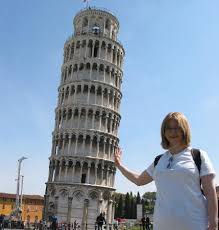
This picture is a bitter truth of the world concerning the Global warming. The future of the animals even human being is not safe .Everybody should think about it before this happens tremendously.
Info/Fun/Science/World/Pictures!
 THIS PICTURE IS CAUGHT IN MULPANI DHADING ; REMOTE VILLAGE OF NEPAL . THIS IS IN AN OCCASION OF CELEBRATING TRADITION OF CASTE OF "THAPA" IN HINDUISM.THEY BELEIVED THAT GOD'S MAY LISTEN THEIR WISHES DURING THIS DAY AND SIP THE BLOOD OF THAT GOAT. AFTER THAT THEY INVITE THE VILLEGERS TO SHARE THE MEAT OF THE GOAT. ANYWAY THIS PICTURE IS KIND OF SCARY AND INTRESTING , AND FOR SOMEONE COULD BE UNBELIEVABLE.
THIS PICTURE IS CAUGHT IN MULPANI DHADING ; REMOTE VILLAGE OF NEPAL . THIS IS IN AN OCCASION OF CELEBRATING TRADITION OF CASTE OF "THAPA" IN HINDUISM.THEY BELEIVED THAT GOD'S MAY LISTEN THEIR WISHES DURING THIS DAY AND SIP THE BLOOD OF THAT GOAT. AFTER THAT THEY INVITE THE VILLEGERS TO SHARE THE MEAT OF THE GOAT. ANYWAY THIS PICTURE IS KIND OF SCARY AND INTRESTING , AND FOR SOMEONE COULD BE UNBELIEVABLE.

A hurricane is a tropical cyclone, which in meteorological terms, is a storm system with a closed circulation around a center of low pressure that is fueled when moist air rises, condenses and releases heat. Producing very high winds and torrential rain, hurricanes can be catastrophic for living populations. However, hurricanes also play an important role in relieving sustained droughts and maintaining equilibrium in the environment.
Hurricanes often begin as tropical storms, strengthening according to water temperature. Strong wind damage and water damage from flooding and storm surge from hurricanes can wreak havoc on regions all over the world.
Learn more about hurricanes with the latest news articles, interactive features and more at LiveScience.com. Find out theanswers to your most pressing questions about hurricanes. What elements cause the physical structure of a hurricane to form? How does the U.S. National Hurricane Center use the latest hurricane tracking equipment to predict potential impactseach season? Is there another Katrina on the horizon? How can we better prepare for hurricanes?
Check out our pictures of hurricanes and be provided with unparalleled views of these intimidating yet awesome natural occurrences.



.jpg)
















